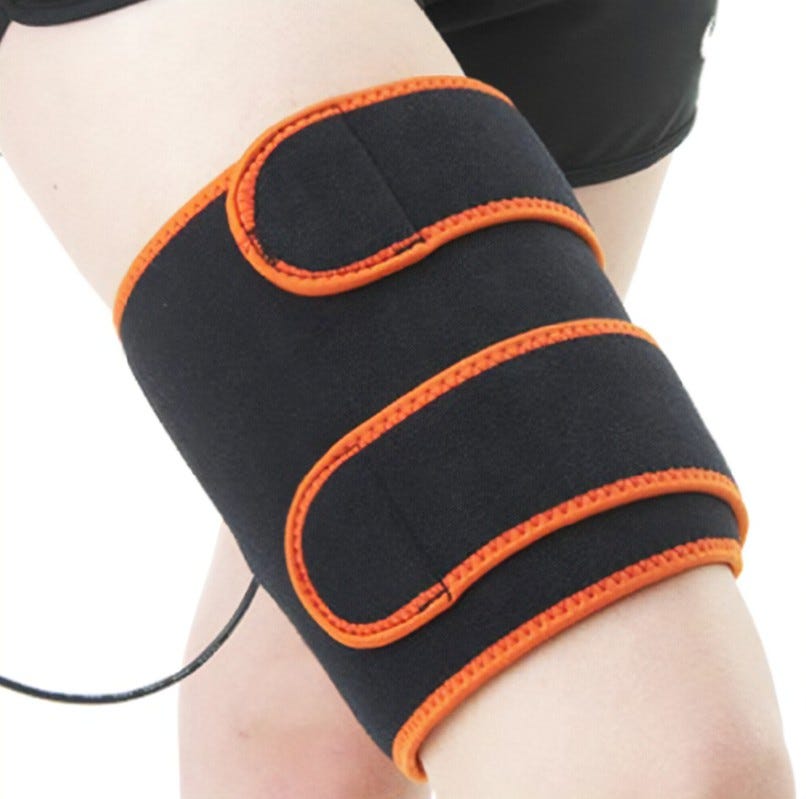In previous posts, we saw that heat training improves physiological aerobic parameters and endurance performance both in trained amateur and professional cyclists. Active heat exposure can be obtained by training in a hot environment (for example an environmental chamber) or wearing additional clothes on the turbo. (1,2)
The primary physiological mechanism behind heat training benefits’ seems to be an increase in haemoglobin mass stimulated by the expansion of the liquid part of the blood induced by high temperature. However, a study (2) reported also some positive benefits of training in an environmental chamber at 33°C and 65% rH on muscular aerobic adaptations (an increase in mitochondria, the part of the cells where energy is produced through aerobic pathways). So, some heat derived performance benefits could be obtained even with overheating only the legs and not the whole body, a solution that might be less stressful for the athletes.
Does local (legs) heat training promote positive endurance adaptations and performance?
A recent study (3) published in 2024 by Ed Maunder’s team (Auckland University of Technology, New Zealand) on European Journal of Physiology tried to answer this question. (1)
HOW DID THEY TRAIN?
8 trained males cyclists were recruited (age ~30, VO2max ~54)
For 3 weeks they performed a training program consisting in performing the following workouts each week:
Workout 1: 4-6 x 8min zone 4 intervals with 2 min recovery
Workout 2: 1h30min zone 2
Workout 3: 3x25min zone 3 with 5 min recovery
Workout 4: 1h30min zone 2
Workout 5: 6-10 x 3min zone 5/6 with 2 min recovery
* The zones are described considering a 5/7 zones model.
To understand if local (legs) heat stress can promote endurance adaptation, during all training sessions, a wired heat pad with integrated heating element was applied to the quadriceps of one leg (HEAT) but not to the contralateral one (CON, control)
During training, this method elevated the temperature of the heated leg 2 °C more (40 vs 38 °C) compared to the other leg. This difference in muscle temperature raise correspond to what happens when exercising for 20 min in zone 2 in a 40 vs 18 °C environment.
WHAT DID THEY FIND?
Keep reading with a 7-day free trial
Subscribe to Knowledgeiswatt English to keep reading this post and get 7 days of free access to the full post archives.






